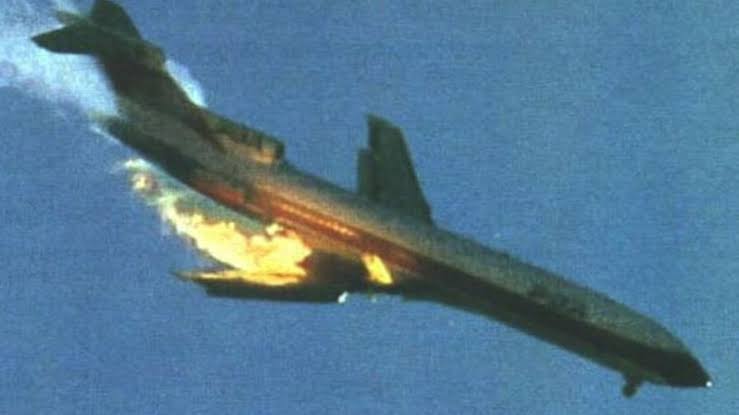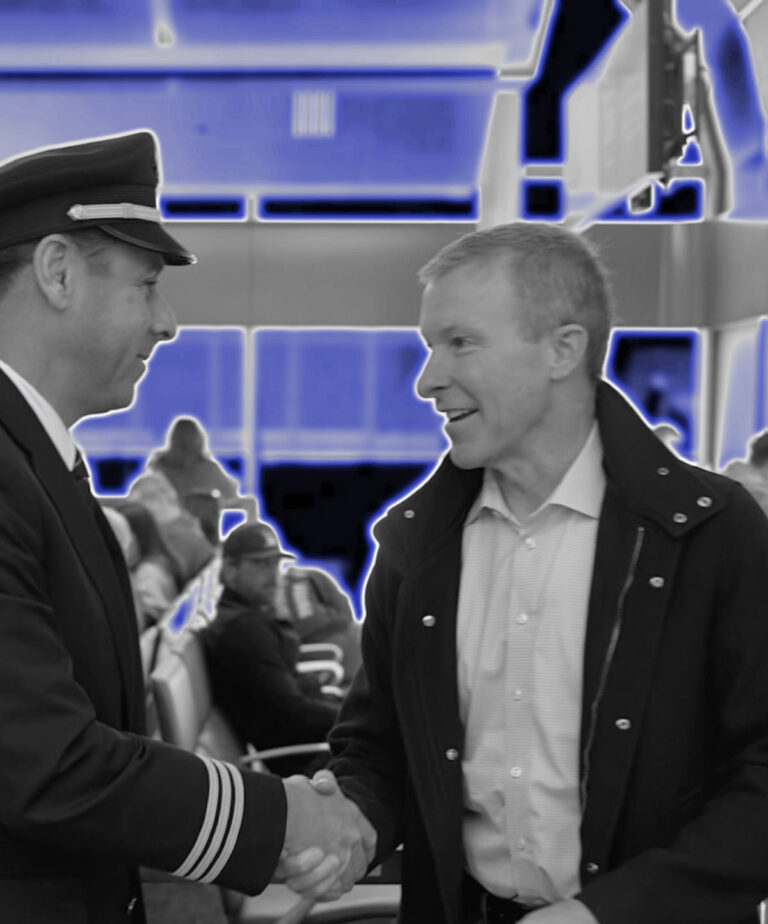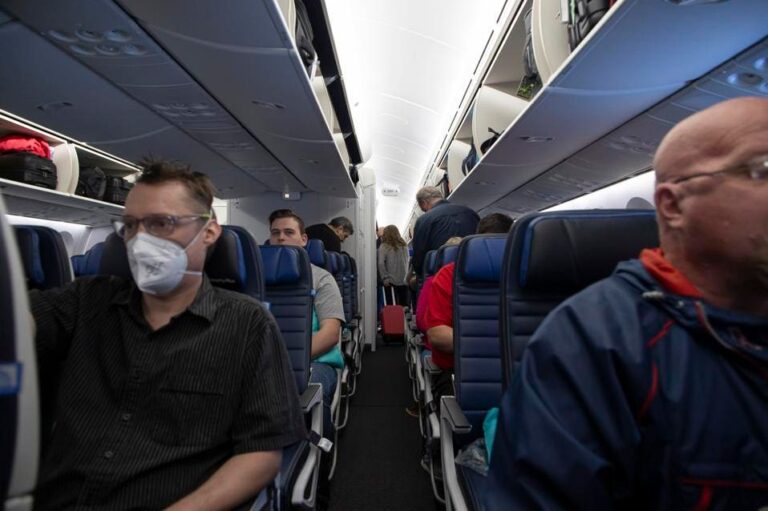Haunting last words of pilots before disastrous air crashes
It’s not often the world hears a person’s final words before death — but on a plane about to crash, those haunting last moments are often captured forever.But this happened years ago but was disastrous.
The cockpit voice recorder is one of the most important, but haunting, remains from a plane crash.
One of two parts that makes up the aircraft’s black box, the cockpit voice recorder captures conversations and alarms on doomed planes to help investigators determine what went wrong.
But while those recordings are essential, they are often hard to listen to.Here are some of the most chilling last words from the cockpit that capture panic, confusion and sometimes, acceptance, from the flight crew in the final moments before some of history’s most infamous crashes, including some this year.
‘MAYDAY, MAYDAY, MAYDAY’
The COVID-19 pandemic has brought air travel to a virtual halt in 2020 but the year was not without deadly crashes — and one of the worst was the crash of Pakistan International Airlines flight 8303 in Karachi in May.
Ninety-seven people on board were killed but incredibly, two people survived when the plane lost two engines and crashed into a residential area after multiple attempts to land at Jinnah International Airport.
A transmission of the pilot’s final exchange with air traffic control indicated he knew the Airbus A320 was having engine trouble.
“We are returning back, sir, we have lost two engines,” the pilot said, according to an English transcript.
The Final Words: A Haunting Record of Aviation Tragedies
In the realm of aviation disasters, the cockpit voice recorder (CVR) stands as one of the most vital yet haunting artifacts retrieved from crash sites. This critical component, part of the aircraft’s black box, captures the final conversations, alarms, and sounds from the cockpit, providing investigators with invaluable insights into what transpired in the moments leading up to a crash. These recordings are essential for understanding the causes of aviation accidents, yet they are also profoundly unsettling, preserving the raw, unfiltered panic, confusion, and sometimes resignation of the flight crew facing imminent disaster.
The Role of the Cockpit Voice Recorder
The CVR, alongside the flight data recorder (FDR), forms the backbone of post-crash investigations. While the FDR meticulously logs flight parameters such as altitude, speed, and engine performance, the CVR provides a human dimension, capturing the voices, conversations, and ambient sounds within the cockpit. Together, these devices offer a comprehensive picture of the aircraft’s final moments, allowing investigators to reconstruct the sequence of events and identify the factors that led to the crash.
The Chilling Reality of Final Words
Listening to the final moments captured by a CVR is an emotionally harrowing experience. These recordings often reveal the desperation and urgency of the situation, as well as the professionalism and calm under pressure displayed by many flight crews. In some cases, the recordings capture a sense of impending doom and acceptance, providing a sobering reminder of the human cost of aviation accidents.
Pakistan International Airlines Flight 8303
One of the most tragic crashes in recent history occurred on May 22, 2020, when Pakistan International Airlines Flight 8303 went down in a residential area near Jinnah International Airport in Karachi. The Airbus A320, carrying 99 people, lost both engines during its approach to the airport, resulting in the deaths of 97 passengers and crew. Miraculously, two passengers survived the crash.
The CVR from Flight 8303 captured the pilot’s final exchange with air traffic control, revealing a clear understanding of the dire situation. “We are returning back, sir, we have lost two engines,” the pilot communicated, his calm demeanor belying the gravity of their predicament. The recording underscores the critical nature of the engine failure and the crew’s attempt to navigate the emergency, ultimately resulting in a tragic loss of life.
Historical Context of Cockpit Voice Recordings
The use of CVRs dates back to the mid-20th century, following a series of high-profile crashes that underscored the need for better investigative tools. Over the decades, CVRs have played a pivotal role in improving aviation safety, leading to changes in regulations, aircraft design, and pilot training. However, each recording also serves as a poignant reminder of the lives lost and the moments of terror experienced by those on board.
Examples of Notable Final Words
Throughout aviation history, several cockpit recordings have become etched in public memory, often encapsulating the chaos and confusion of a catastrophic event. Here are a few examples:
- Air France Flight 447: On June 1, 2009, Air France Flight 447, an Airbus A330, crashed into the Atlantic Ocean en route from Rio de Janeiro to Paris, killing all 228 people on board. The CVR revealed the pilots struggling to understand and correct a stall condition, their voices filled with confusion and mounting panic as the aircraft plummeted into the ocean.
-
Eastern Air Lines Flight 401: On December 29, 1972, Eastern Air Lines Flight 401, a Lockheed L-1011 Tristar, crashed into the Florida Everglades while attempting to land in Miami. The CVR captured the crew’s distraction with a faulty landing gear indicator, leading to a loss of altitude and the eventual crash. The recording includes the chilling realization as the pilots exclaimed, “We did something to the altitude.”
-
United Airlines Flight 93: On September 11, 2001, United Airlines Flight 93 was hijacked by terrorists as part of the 9/11 attacks. The passengers and crew fought back, attempting to regain control of the aircraft. The CVR captured their heroic efforts and the final moments before the plane crashed into a field in Pennsylvania, preventing further loss of life at a potential target.
The Psychological Impact on Investigators
For those tasked with listening to and analyzing CVR recordings, the experience can be deeply traumatic. Investigators must balance the need for objectivity with the emotional weight of hearing the final moments of those who perished. The recordings often feature screams, cries, and other distressing sounds that can leave a lasting impact on those who analyze them.
The Importance of CVRs in Aviation Safety
Despite the emotional toll, CVRs are indispensable for improving aviation safety. Each recording provides crucial lessons that can prevent future accidents. By understanding the human factors, technical failures, and environmental conditions that contribute to crashes, the aviation industry can implement changes to enhance safety protocols and procedures.
Case Study: Tenerife Airport Disaster
The deadliest aviation accident in history, the Tenerife airport disaster, occurred on March 27, 1977, when two Boeing 747s collided on the runway, resulting in 583 fatalities. The CVR from KLM Flight 4805 revealed a miscommunication between the crew and air traffic control, leading to a premature takeoff attempt. The disaster prompted significant changes in cockpit communication protocols, emphasizing the importance of clear and concise exchanges between pilots and controllers.
Moving Forward: Enhancements in Black Box Technology
As technology advances, so do the capabilities of black boxes. Modern CVRs can record up to 25 hours of audio, significantly more than earlier models. Additionally, the advent of satellite data streaming allows for real-time transmission of flight data, providing immediate insights into potential issues. These advancements promise to further enhance aviation safety, ensuring that the lessons learned from past tragedies continue to inform and improve the industry.
The final words captured by cockpit voice recorders serve as a haunting testament to the fragility of human life and the inherent risks of aviation. While these recordings are essential for understanding and preventing future accidents, they also offer a poignant reminder of the human stories behind each disaster. As the aviation industry continues to evolve, the lessons gleaned from CVRs will remain a cornerstone of efforts to make air travel as safe as possible, honoring the memories of those who lost their lives in pursuit of safer skies.






